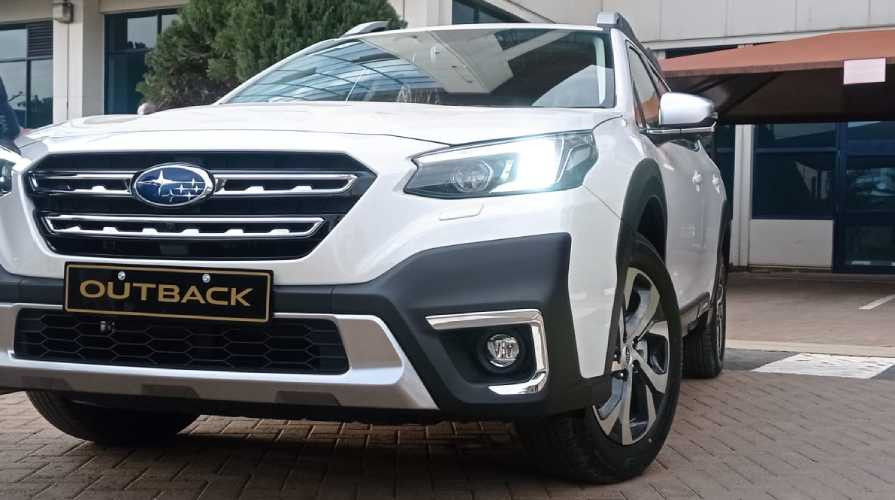×
The Standard e-Paper
Home To Bold Columnists

Subaru Outback was among the top Twitter trends in Kenya on Tuesday, October 11.
A Twitter profile, @caradvicekenya, had compared the Outback to a Toyota Harrier, triggering hundreds of reactions and retweets.